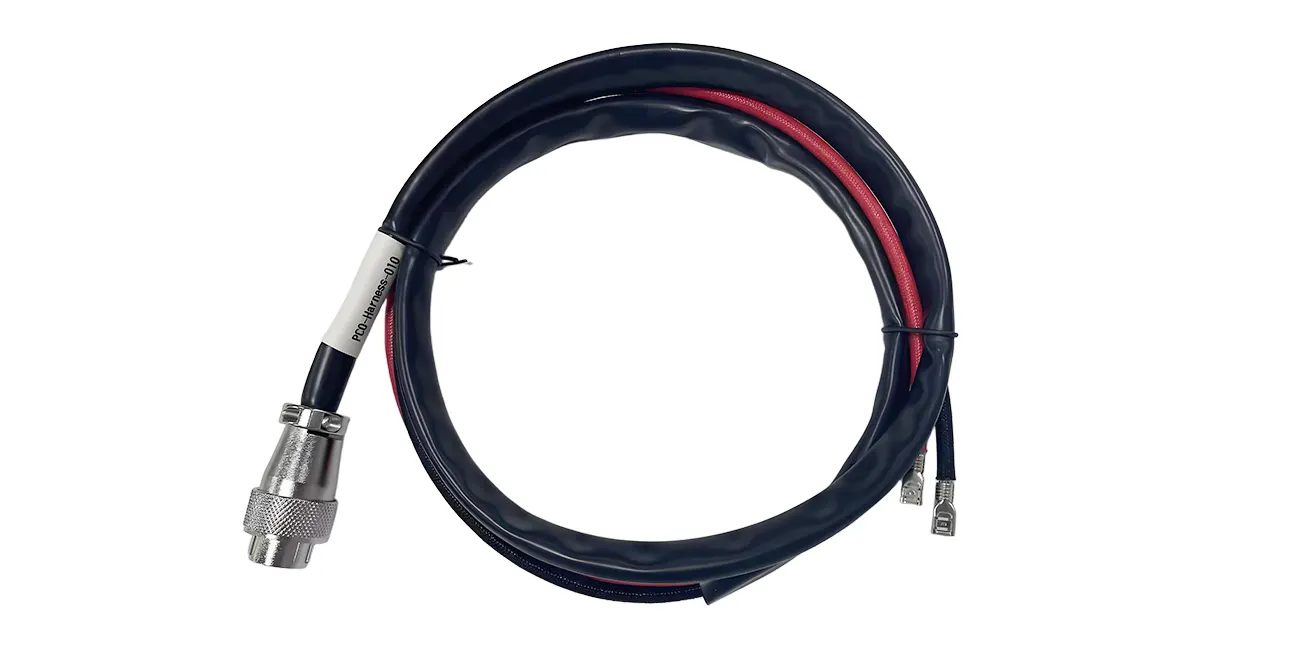
By quanyu lee
2025-07-15 06:18:07
Aviation Connector Cable Manufacturing Guide
Aviation connector cables, which mainly use aviation connectors as their material, meet IP69 waterproof performance and can withstand harsh conditions such as extreme temperatures, humidity, and electromagnetic interference.
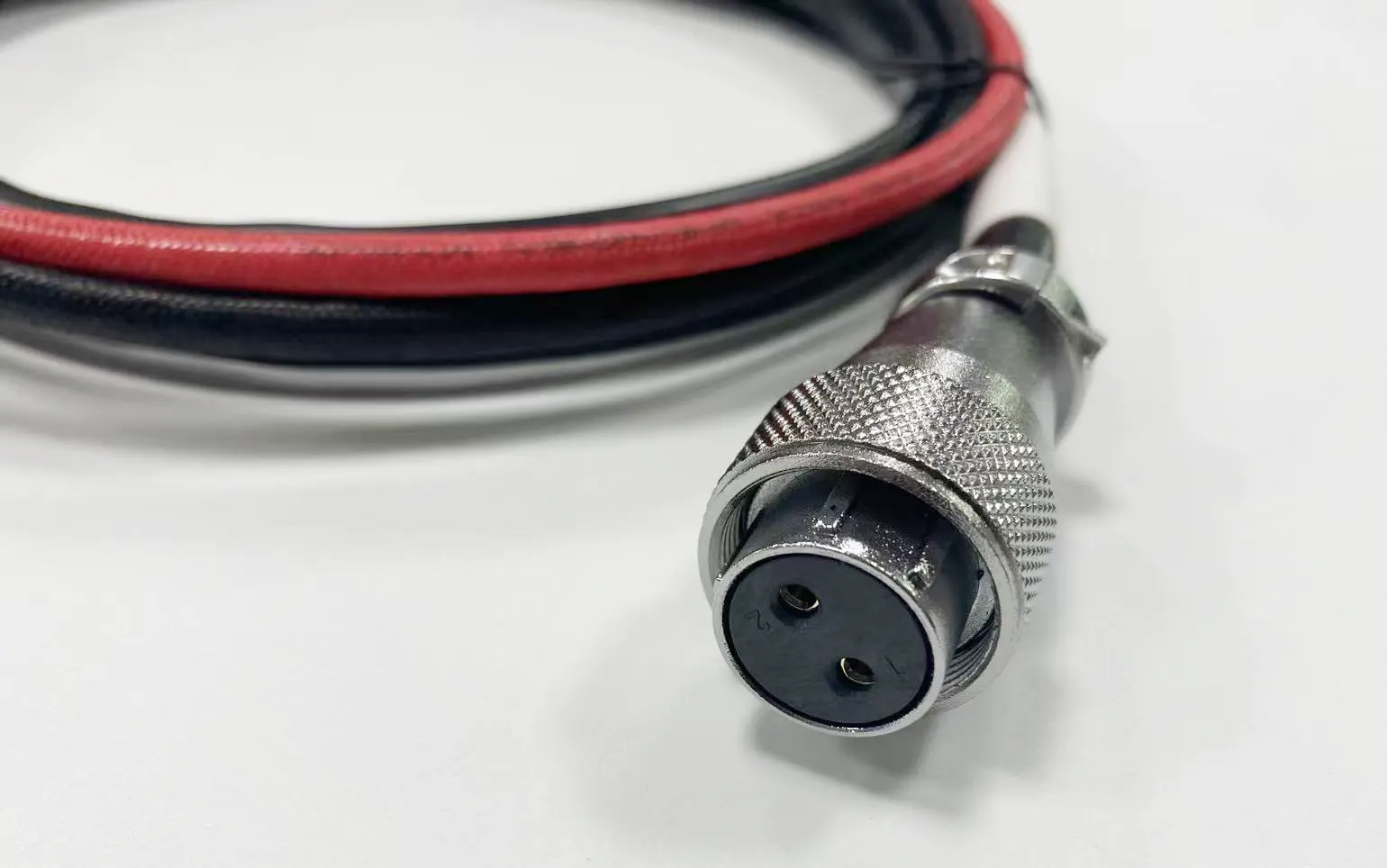
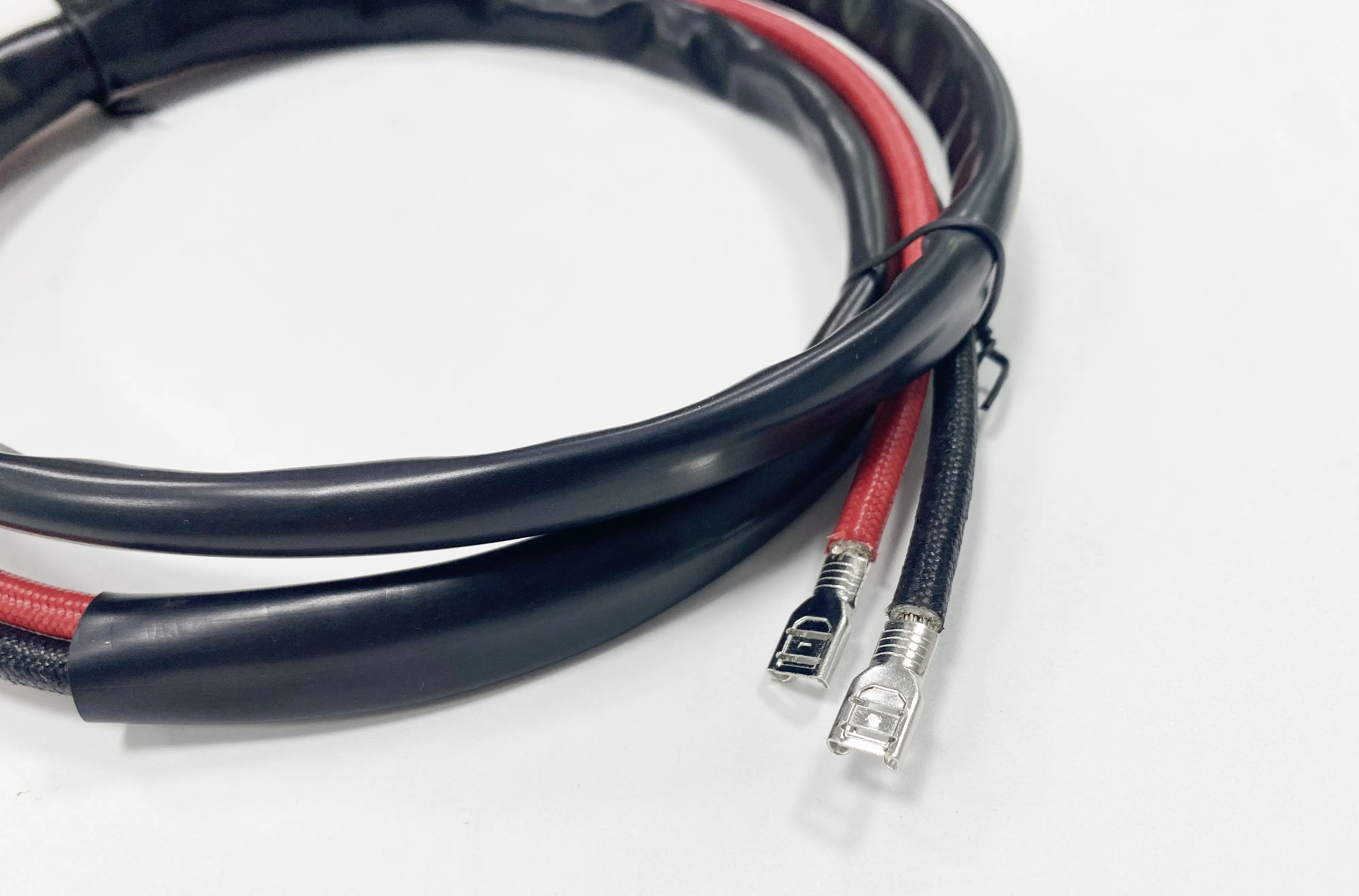
Super high temperature resistance:
The core competitiveness of the product is the customized Aviation connector cables, which can withstand high temperatures of 450°C continuously. This is not a simple superposition of parameters. In extreme environments such as aircraft engine compartments, traditional cables will have problems such as softening of the insulation layer and decreased mechanical strength at 200-300°C. However, this wiring harness has been tested at a constant temperature of 450°C for 72 hours, and the insulation resistance remains above 1000MΩ, and the conductor current attenuation rate is less than 5%, which can fully meet the strict requirements of the aerospace field for "zero failure" of equipment.
Excellent reliability of core components:
- The WS20-2P aviation connector uses military-grade brass, which has no rust after a 480-hour salt spray test and has stable contact in high-humidity and high-corrosion environments such as coastal chemical plants. The bayonet locking structure can withstand 15G impact vibration (equivalent to the emergency braking strength of a 300 km/h train), and the plug-in life exceeds 5,000 times, far exceeding the industrial-grade standard of 2,000 times.
- The matching UL5107 10AWG wire and the insulation layer use heat-resistant silicone rubber. The elongation at break remains above 300% in the range of -60℃ to 450℃, which can avoid brittle cracking at low temperatures. After the two are combined, the mean time between failures (MTBF) of the entire set of components reaches 100,000 hours, which is equivalent to more than 11 years of continuous operation.
Installation and maintenance are efficient and convenient:
The 250 quick-connect terminal adopts a push-pull design, which can be plugged and unplugged by one person, saving 70% installation time compared with traditional screw-fixed terminals. The terminal has an anti-misplug structure to avoid damage to the equipment due to reverse polarity connection, and the clear color identification (red for live wire and blue for neutral wire) makes installation more accurate.
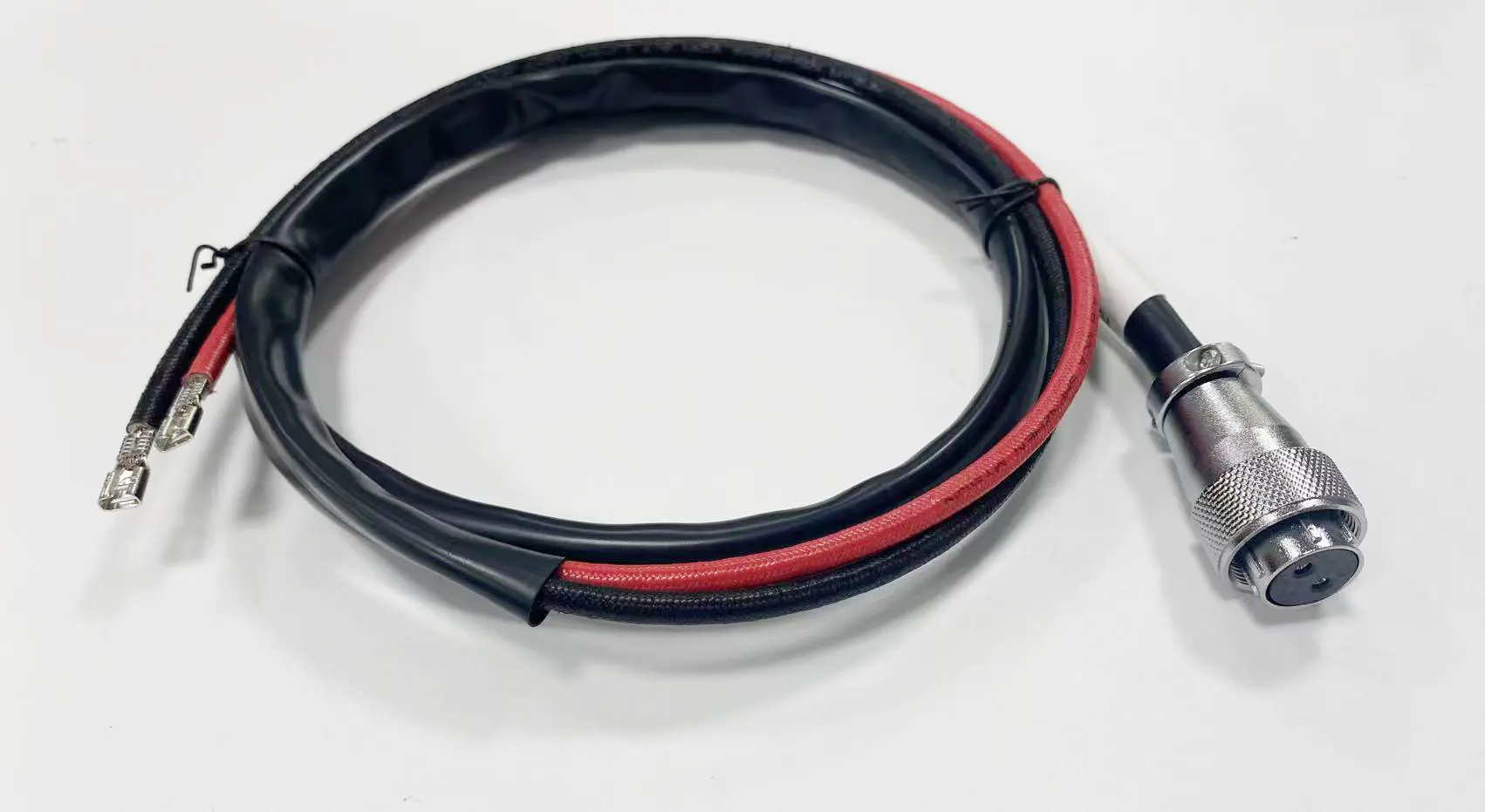
Strict quality control to ensure quality:
Full testing of raw materials
All core components must pass triple verification before entering the warehouse: WS20-2P connectors must provide material certification (military-grade brass purity ≥99.9%), and 10% will be randomly selected for metallographic analysis to ensure that there are no defects such as bubbles and cracks inside; UL5107 wires must undergo insulation layer temperature resistance testing (450℃ for 168 hours, insulation resistance attenuation rate ≤10%), conductor core diameter error ≤0.01mm (10AWG standard diameter 2.588mm); 250 terminals must be tested for insertion and extraction force (standard 30-50N), 50 samples are tested for each batch, and the entire batch will be rejected if the unqualified rate exceeds 1%.
Laser stripping and wire cutting process
Use advanced laser cutting equipment and set parameters according to wire specifications: cutting power 30W, spot diameter 0.02mm, speed 50mm/s. During operation, the machine vision system locates the insulation layer boundary in real time, and the stripping length error is ≤0.03mm (the traditional mechanical stripping error is usually 0.1-0.3mm). 20 wires are randomly selected every hour and inspected with a 3D microscope. Only when there is no carbonization of the insulation layer and no scratches on the wire core can it be considered qualified. If one unqualified wire is found, the equipment will be stopped immediately for calibration, and all products from the previous hour will be inspected.
Intelligent terminal crimping process
Equipped with an automated crimping machine with a pressure sensor, the crimping mold is customized according to the terminal specifications (error ≤ 0.005mm). During crimping, the pressure sensor collects data at a frequency of 1000Hz to form a dynamic pressure curve. If the value exceeds the standard range of 80-100N, the machine will immediately stop and alarm.
After crimping, each terminal must pass three tests:
- Tensile force gauge to measure the pull-out force (≥50N);
- Metallographic section to check the crimping cross-section to ensure that the wire core and the terminal are tightly engaged without gaps.
- Micro-resistance meter to measure the contact resistance (≤3mΩ). All data is uploaded to the MES system for archiving in real time, and can be traced back to the specific operator and equipment parameters.
Precision assembly of connectors
A semi-automatic assembly table is used, and operators need to undergo 300 hours of training before they can take up their posts. Before assembly, the inner hole of the connector is cleaned with 0.5MPa compressed air for 3 seconds to ensure that there is no dust. During assembly, the torque wrench is set to a precise torque of 0.8-1.2N・m according to the specifications, and the wrench is calibrated every 10 tightenings.
After assembly, the sealing is tested with a helium mass spectrometer leak detector (leak rate ≤ 1×10⁹ Pa・m³/s), and a plug-in test is also performed (after 50 consecutive times, the contact resistance change rate is ≤10%).
Full electrical performance test
The four-terminal method is used for a conduction test. The conduction voltage drop is ≤5mV under 100A current to ensure that there is no false connection; the insulation test is applied with 500V DC voltage for 1 minute, and the insulation resistance is ≥1000MΩ; the withstand voltage test is applied with 1500V AC voltage for 1 minute, and there is no breakdown or arcing. The test equipment is calibrated before production every shift, and the test time, personnel, measurement values, and other data are saved in real time for subsequent tracking.
Extreme environment simulation verification
The finished product must pass two environmental tests:
- High temperature box test: 450℃ constant temperature for 72 hours, insulation resistance and conductivity are measured every 8 hours;
- Temperature cycle test: -40℃ (2 hours) → room temperature (1 hour) → 450℃ (2 hours) → room temperature (1 hour), after repeating 100 cycles, there is no crack on the appearance, and the performance parameter attenuation rate is ≤15%. Only products that pass the test are labeled as qualified, and unqualified products are directly destroyed and never reworked or put on the market.

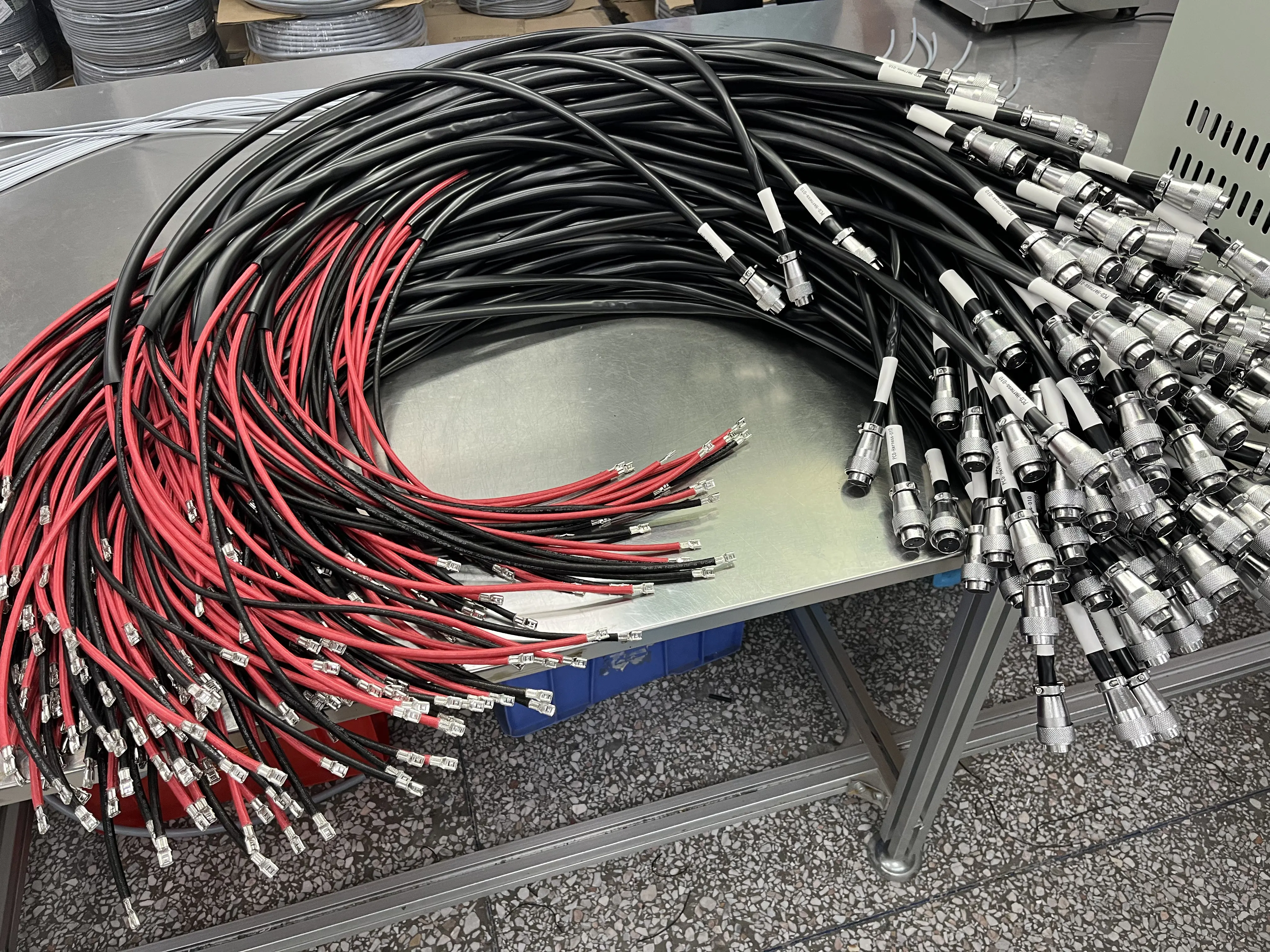
Kaweei has always regarded quality as the foundation of the company's survival and development. From strictly controlling every production detail to deeply responding to customized needs, we can see its determination to deepen its roots in the field of customized wire harness manufacturing. In the future, Kaweei will continue to be driven by technological innovation and ensured by extreme quality control to provide more reliable and more demand-oriented wire harness solutions for various industries, continue to improve on the professional road, and grow with customers. If you need a customized wire harness, please contact us.



